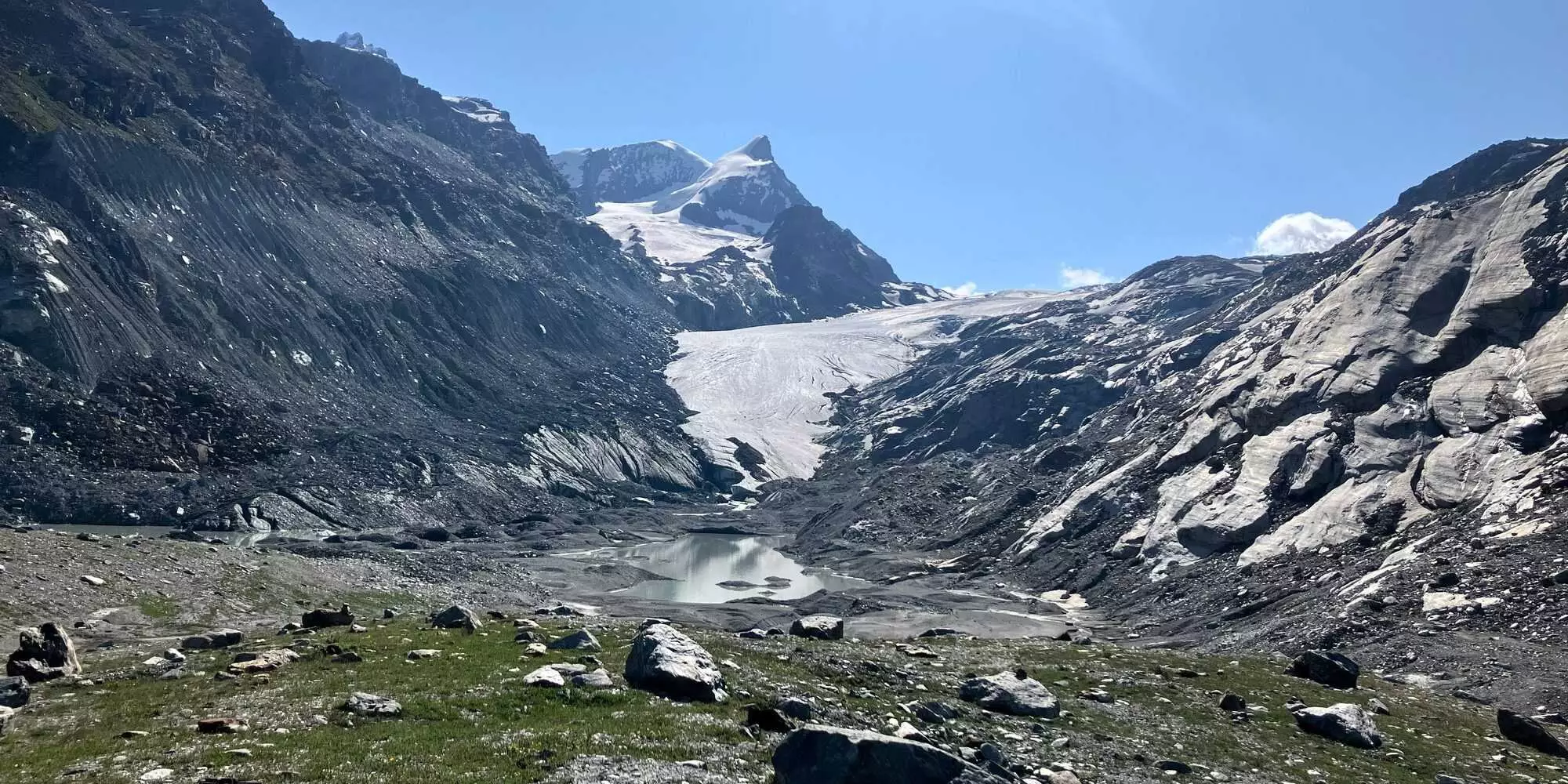In recent years, the conversation surrounding water resources has gained urgency, particularly in the context of an ever-warming planet. While the significance of mountains as the “water towers of the world” is well-documented, recent research suggests that our understanding of these vital ecosystems is fundamentally flawed. A group of international experts has illuminated the extent to which interactions between the cryosphere—the frozen component of our environment—and groundwater underpin water availability in mountainous regions. Their findings highlight a critical oversight: the traditional mountain water cycle framework has largely neglected this interconnection, leading to potentially misleading forecasts about water supply in the face of climate change.
The crux of the matter lies in our comprehension of how snow and glacial meltwater contributes not just to surface water bodies, but also seeps into the ground to recharge groundwater reserves. These dynamics become especially pertinent during drier seasons when meltwater becomes an essential lifeline for ecosystems and communities alike. Marit van Tiel, a leading researcher in this field, encapsulates the urgency of this knowledge gap when she notes, “Understanding how meltwater is partitioned between reaching rivers and infiltrating into groundwater sources is vital.”
The Complexities of Measuring Meltwater Interaction
Yet, measuring these interactions is no easy feat. In remote mountain environments, the intricacies of groundwater systems can be both elusive and complex, making it challenging for researchers to obtain applicable, generalized data. The study of groundwater in these regions calls for innovative methodologies, often tailored to specific sites, which makes it difficult to compare findings across different studies. The variances in meltwater contribution to groundwater accentuate this challenge further.
Understanding the hydrological connectivity between snowmelt, groundwater, and surface water influences how water behaves across space and time. Researchers need to develop advanced models that can account for the spatiotemporal patterns governing these processes. It is essential to build a clearer picture of how, where, and when meltwater feeds into groundwater systems. Moreover, this knowledge will illuminate the pathways through which groundwater resurfaces, whether through springs or by percolating into surface water bodies.
Implications for Water Management and Climate Resilience
The findings put forth by these experts have profound implications for water management strategies, particularly as we grapple with the onset of climate change. As glaciers retreat and snowpacks diminish—issues that have already begun to manifest globally—it becomes increasingly crucial to assess the vulnerabilities of mountain water supplies. The relationship between cryosphere dynamics and groundwater reserves will determine the resilience of water sources for both mountain communities and the agricultural heartlands that rely on these flows downstream.
Moreover, the call for a more integrated research framework is vital in responding to these pressing challenges. The authors advocate for collaboration between fields such as cryospheric science, hydrogeology, and climate modeling. Such interdisciplinary cooperation is not merely academic; it is a necessity to unearth the intricacies of the mountain water cycle and devise effective management strategies.
The need for proactive measures cannot be overstated. As climate change accelerates, the prediction of water availability—essential for anticipating and mitigating risks associated with water scarcity—demands a much more nuanced approach. Investing in understanding the vital interdependencies of high-altitude hydrology may reveal innovative solutions to one of our greatest contemporary challenges: ensuring sustainable water supplies in an era of climatic unpredictability.
As ecologists, researchers, and policymakers navigate the future of our planet’s water systems, it is evident that moving away from traditional narratives about the mountain water cycle is imperative. Recognizing and investigating the vital connections between the cryosphere and groundwater resources can lead to a more comprehensive understanding of water dynamics in mountain regions, ultimately informing better strategies for managing these irreplaceable resources. The future of water security in the face of climate change could very well hinge upon this newfound awareness, demanding both immediate action and relentless inquiry.


Leave a Reply